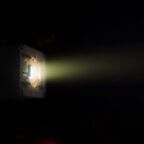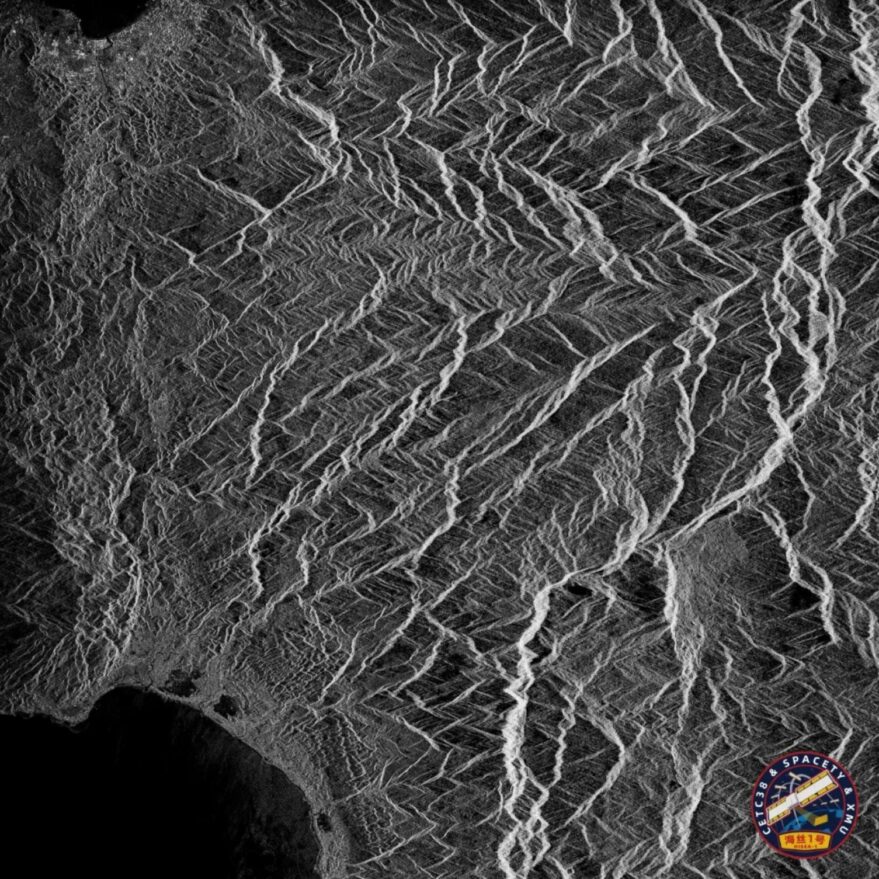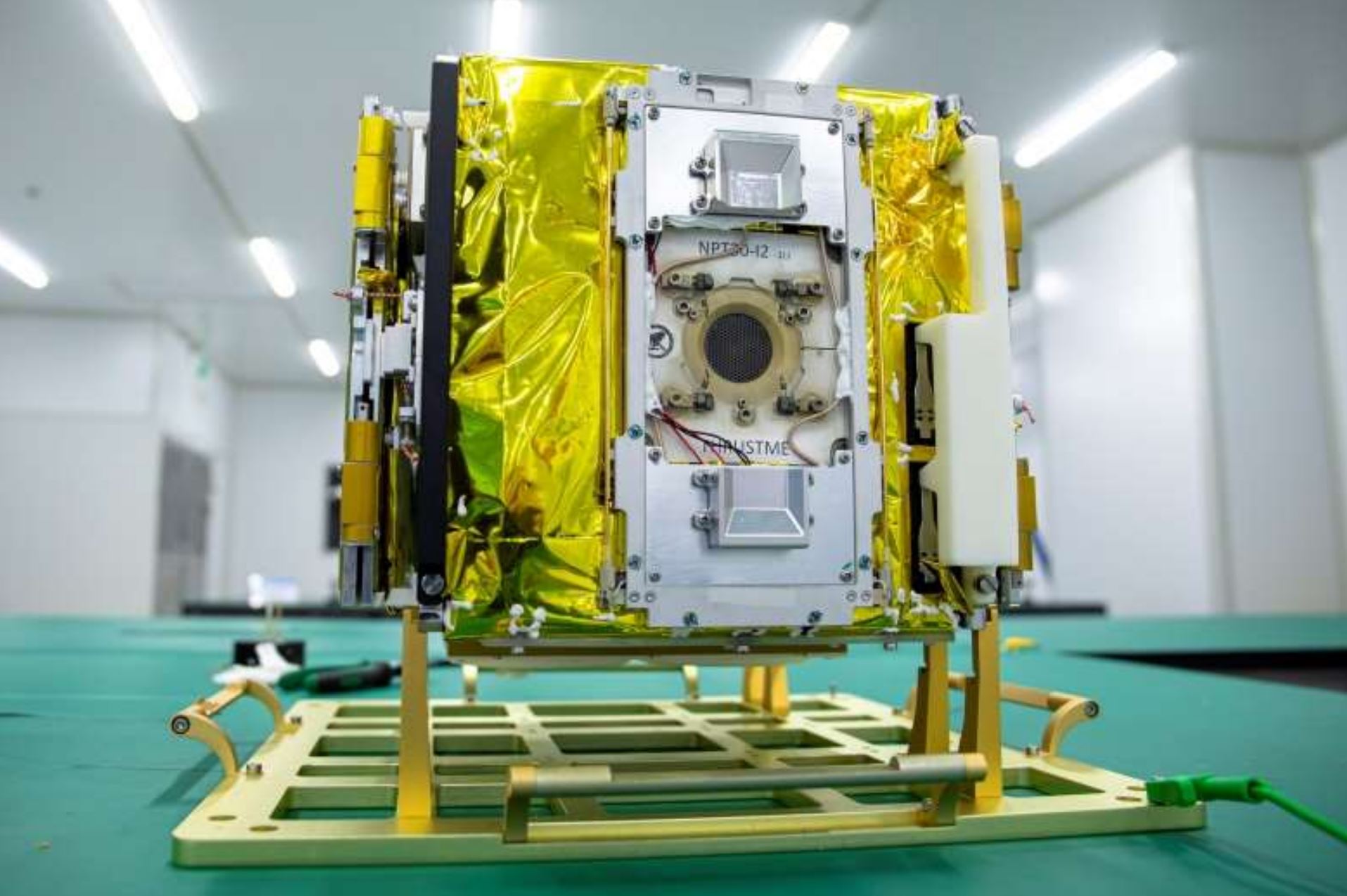Products You May Like
HELSINKI — French startup ThrustMe has performed the first on-orbit tests of an innovative iodine-fueled electric propulsion system, proving its ability to change a CubeSat’s orbit.
ThrustMe’s NPT30-I2-1U, the first iodine electric propulsion system sent into space, is aboard the Beihangkongshi-1, a 12U CubeSat developed by Chinese commercial satellite maker Spacety.
A Long March 6 rocket sent the satellite into orbit in November, tagging along with a batch of satellites for Argentina-based remote sensing firm Satellogic.
After weeks of commissioning the propulsion system was tested during two 90-minute burns in late December and early January. The burns resulted in a total altitude change of 700 meters according to a ThrustMe press release.
The firms says the results prove iodine to be a viable propellant for electric propulsion systems and mark a step towards commercialization of the system.
Notably the system could have an impact on space sustainability efforts. It allows a small satellite to lower its altitude, reducing its time in orbit, seeing the satellite burn up on reentry into Earth’s atmosphere and helping reduce space debris in lower Earth orbit.
The development comes as national space agencies and private companies plan launches of so-called megaconstellations, each consisting of hundreds or thousands of satellites.
As well as speeding up deorbiting, the low-mass system also provides small satellites with propulsive capabilities for maintaining orbits and collision avoidance.
Explosions caused by remaining fuel and batteries for satellites and rockets and collisions between spacecraft are major contributors to the growing space debris problem.
The European Space Agency estimates that there are 34,000 debris objects greater than 10 centimeters in size and 900,000 pieces from between 1 to 10 centimeters in orbit as of January 2021. Traveling at several kilometers per second, even the smallest fragments can threaten spacecraft, including the International Space Station.

ThrustMe claims the use of iodine as a propellant is a breakthrough for the satellite industry. It allows propulsion systems to be delivered completely prefilled to customers, and for the satellite integration process to be significantly simplified and streamlined.
Conversely most conventional electric propulsion systems use rare, expensive xenon or krypton which also require storage under high pressure. When heated the solid iodine turns to gas without progressing through a liquid phase.
“It has been a long road to bring this product from dream to reality. To make it happen we had to innovate, develop a complex system from the ground up, and perform fundamental research studies since many properties of iodine are missing in scientific databases,” says Dmytro Rafalskyi, CTO of ThrustMe.
ThrustMe CEO Ane Aanesland told SpaceNews via email that the company will be delivering systems to several clients this year.
“On top of that we are also preparing for two in-orbit demonstrations of our 1.5U version that has a predicted total impulse capacity of 9500 Ns. The first one coming up in 2021 is a national space agency mission that we will announce later,” Aanesland said.
A further demonstration will be aboard the GOMspace GOMx-5 mission planned for Q2 2022. NPT30-I2-1U is also being prepared for the Geostationary (GEO) satellite market.
ThrustMe is a spin-off from École Polytechnique and the French National Centre for Scientific Research (CNRS). The firm has also gained support from ESA through its Advanced Research in Telecommunications Systems (ARTES) programme .
ThrustMe and Spacety, a Chinese private firm established in 2016, collaborated for the first time in 2019, with the I2T5 non-pressurized, cold gas thruster aboard the Xiaoxiang-1 (08) CubeSat. That tested critical technologies for iodine storage, delivery, and sublimation.
Another larger NPT30 is on Hisea-1, a first miniature C-band synthetic-aperture radar (SAR) satellite for Spacety launched in December on the Long March 8 test flight.
Hisea-1 has already returned its first images, with a resolution of three meters per pixel, using its strip mode, and also acquired one-meter-resolution imagery in its spotlight or staring mode.
Spacety announced today that it had sent a 3-meter-resolution image of an area of West Sulawesi province in Indonesia which was hit by a 6.2 magnitude earthquake Jan. 15 to relevant United Nations agencies to assist relief efforts. The image was submitted via the National Comprehensive Earth Observation Data Sharing Platform.

